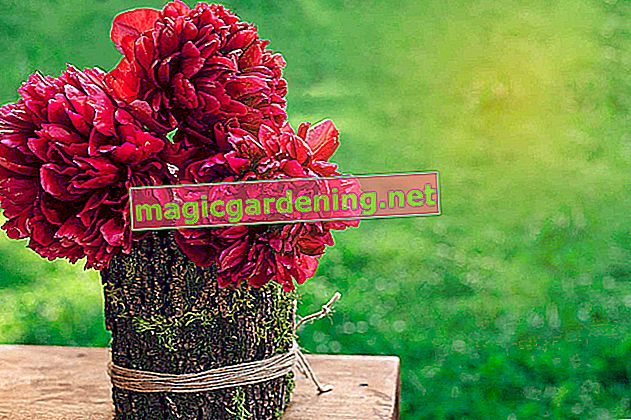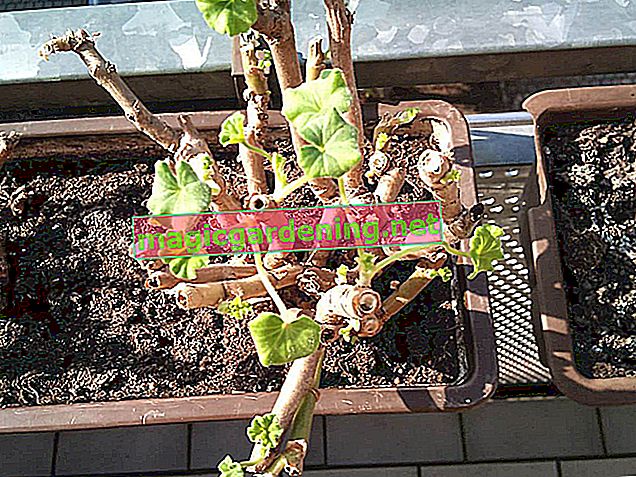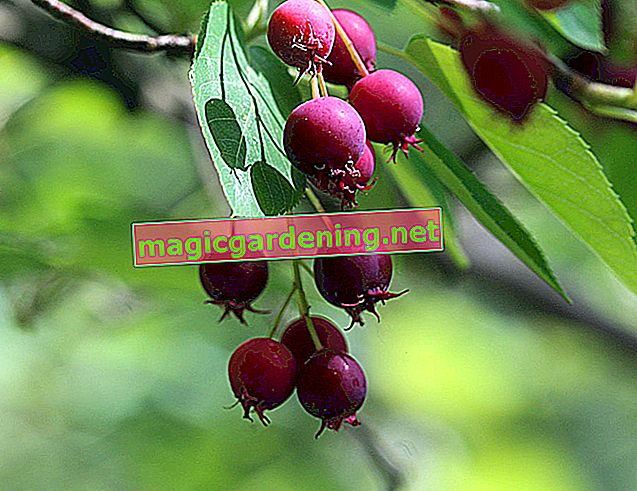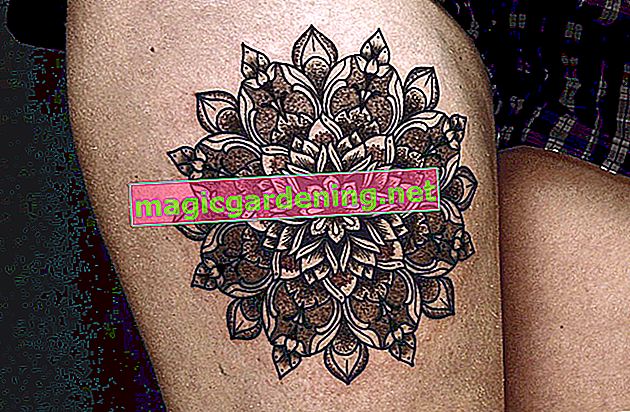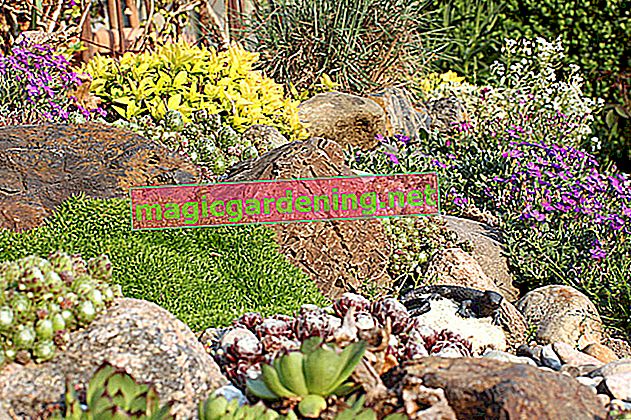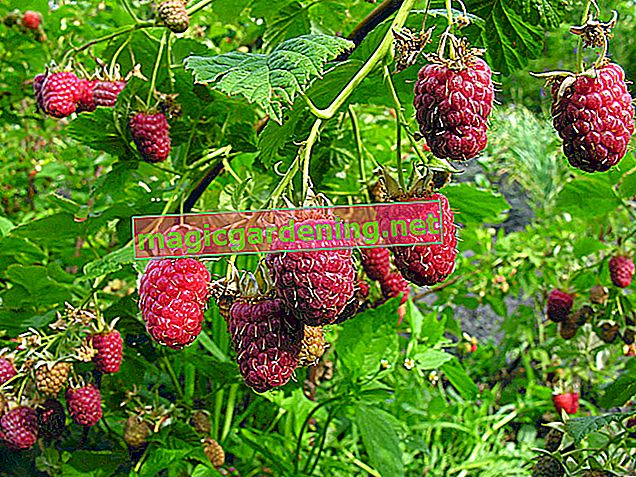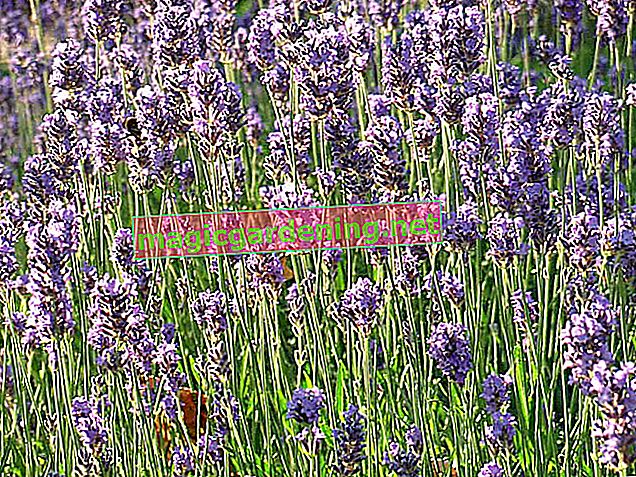
Trunk, leaves, flower, root
A sunflower is made up of the following parts:
- root
- tribe
- leaf
- Flower head
also read
- This is how caring for a perennial sunflower is exemplary
- The rapid growth of the sunflower
- Interesting facts about the leaves of the sunflower
The sunflower consists of a short to very long, hairy trunk, depending on the size of the variety, on which alternate large heart-shaped leaves grow.
The flower develops one or more flower heads, which have their own structure.
The roots also play a major role, because they ultimately determine that the sunflower can absorb enough food. The more the sunflower root can spread, the larger the stem, leaves and flowers become.
Structure of the flower
The sunflower blossom is something very special because it is made up of different parts.
In the middle of the flower head are the small tubular flowers, which are usually brown, and from which the nuclei develop later.
The colored petals on the edge are ray florets. They give the sunflower its characteristic appearance. They are often yellow, but can also be red and orange, as is the case with the sunflower "evening sun".
Flowers and leaves align with the sun
The flowers and leaves follow the course of the sun on sunny days. This is known in technical terms as heliotropism.
The reason for the “rotation” is that the plant grows faster in the shaded areas than in the areas that are exposed to direct sunlight. As a result, the flower heads and the leaves are always directed in the direction of the sun.
Only when the older flowers and leaves are too firm do they no longer rotate with the sun.
The "golden angle"
The flower of the sunflower has another special feature. The brown tubular flowers are arranged in a spiral shape. In this way, every small tubular flower receives optimal solar radiation. Gardeners refer to this structure of the sunflower blossom as the “golden angle”.
Tips & Tricks
Even if the sunflower is non-toxic, only the kernels are used in the kitchen. The other parts of the plant absorb pollutants from the earth and are therefore not suitable for consumption.

